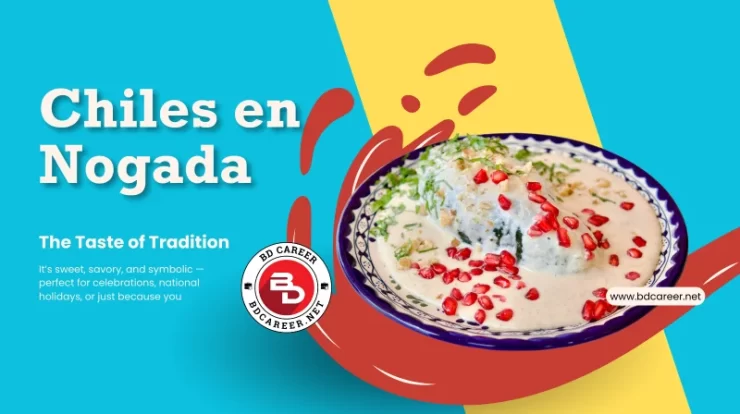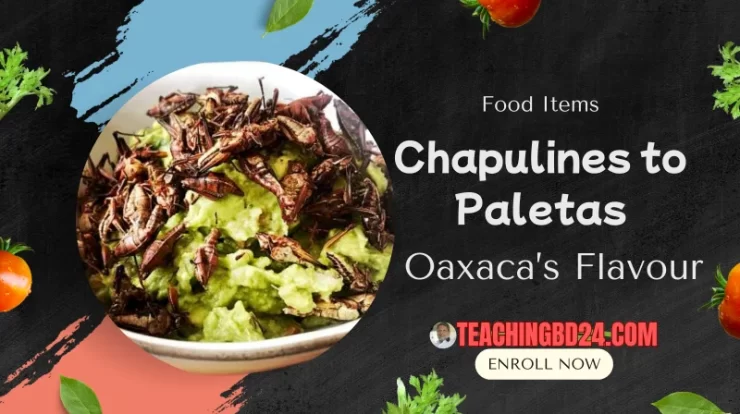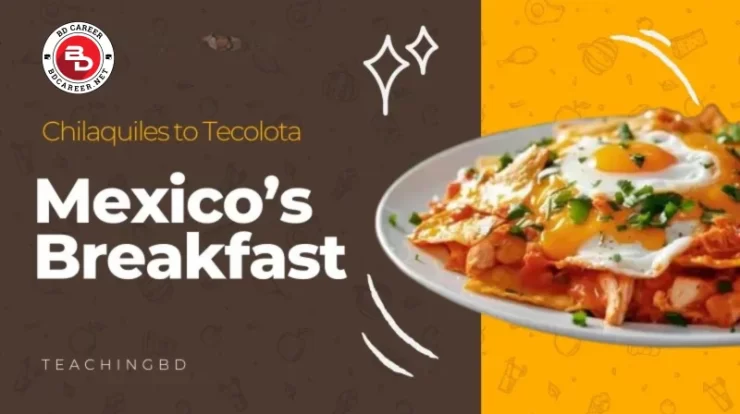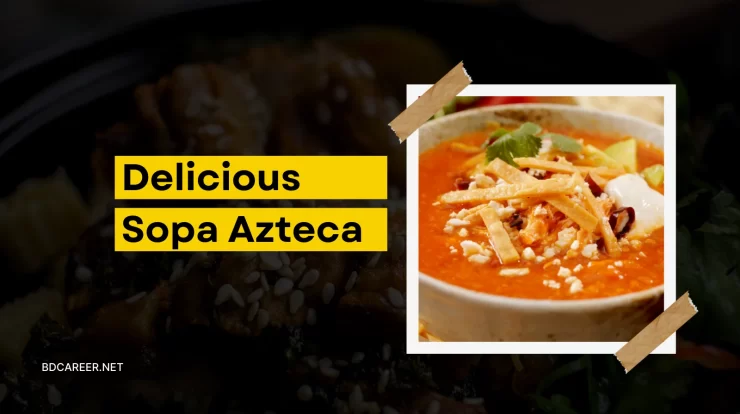
Few dishes in the world carry the weight of a nation’s history on a single plate, but Chile en Nogada does exactly that. To the uninitiated, it resembles a stuffed poblano pepper topped with fresh parsley, ruby-red pomegranate seeds, and a creamy walnut sauce. For Mexicans, however, it is much more than the culinary representation of pride in their country, a dish whose roots, flavours, and colours are all entwined with the nation’s founding.
The exquisite preparation of this seasonal delicacy brings kitchens throughout Puebla and beyond to life every year as late summer draws near and Mexico gets ready to celebrate its Independence Day in September. In addition to tasting savoury and sweet flavours, eating Chile en Nogada allows you to experience the many facets of Mexico’s past that have shaped its character.
Contents
Origins of Chile en Nogada
The story of Chile en Nogada begins in 1821 in Puebla, one of Mexico’s culinary and historical heartlands. That year marked a turning point: Mexico’s independence from Spain was formally declared. Agustín de Iturbide, the leader of the Army of the Three Guarantees, signed the Treaty of Córdoba, finalising independence, and returned triumphantly to Puebla.
According to legend, the Augustinian nuns of the Convent of Santa Mónica wanted to honour him with a special dish. They created something extraordinary: a stuffed poblano chile bathed in walnut sauce (nogada) and adorned with pomegranate seeds and parsley. Together, the green chile and parsley, white walnut sauce, and red pomegranate formed the tricolour of the Mexican flag.
While historians debate how much of the legend is romanticised, what is certain is that the dish quickly became linked to independence and patriotism. Whether Iturbide was the first to taste it or not, Chile en Nogada soon stood as a culinary symbol of freedom.

Ingredients: A Symphony of Flavours
At first glance, Chile en Nogada might seem like just another chile relleno. But its artistry lies in the combination of carefully selected seasonal ingredients that create a balance of textures and flavours unique to this dish.
The Key Components:
- Poblano Chile: Roasted, peeled, and stuffed. Its mild heat provides the perfect vessel.
- Picadillo Filling: A rich mixture of ground beef or pork combined with fruits like apples, pears, peaches, and sometimes plantains. Almonds, pine nuts, and spices add further complexity.
- Nogada Sauce: A velvety cream made from fresh walnuts, milk or cream, and occasionally a touch of sherry. Unlike other sauces in Mexican cuisine, it is cool and delicate, meant to contrast the warm chile.
- Pomegranate Seeds: Bright red jewels that burst with freshness.
- Parsley: The green garnish that completes the patriotic colour scheme.
Each ingredient is symbolic. The chile, native to Mexico, represents the country’s land. The nogada, made from imported walnuts and European dairy traditions, reflects colonial influences. The pomegranate, brought from Spain, ties Mexico’s culinary identity to its global connections. The dish is a story of fusion, just like Mexico itself, indigenous roots blended with European influences to create something new and distinctly Mexican.
Notably, the dish is seasonal. Fresh walnuts are available only in late summer, and pomegranates ripen just in time for Independence Day. This natural timing ensures that Chile en Nogada is not just symbolic but also deeply tied to Mexico’s agricultural cycles.
The Making of a Masterpiece
Preparing Chile en Nogada is not a task for the faint of heart. It is a labour of love, often reserved for family gatherings or special occasions.
- Roasting and Peeling the Chiles: Poblanos are charred until blistered, then carefully peeled to preserve their integrity.
- Cooking the Picadillo: The filling blends meats with sautéed onions, garlic, nuts, and seasonal fruits. Each household has its variations, some lean sweeter, others more savoury.
- Preparing the Nogada: Fresh walnuts must be peeled meticulously, often soaked to remove bitterness. The nuts are then blended into a creamy sauce, sometimes sweetened with cinnamon or enhanced with Jerez wine.
- Assembly: The chile is stuffed with picadillo, smothered in nogada, and decorated with pomegranate seeds and parsley leaves.
The balance is everything. Too much sweetness in the filling can overwhelm. Too much bitterness in the walnut sauce can ruin the delicacy. True mastery lies in finding harmony, a skill that experienced cooks pass down like a family heirloom.
Modern kitchens have introduced shortcuts and adaptations: using pre-peeled walnuts, substituting ground turkey for pork, or even creating vegetarian versions with lentils or mushrooms. Yet the spirit of the dish remains unchanged: a celebration of abundance, history, and artistry.

Chile en Nogada and Mexican Identity
Chile en Nogada is more than a meal. It is a patriotic ritual. Every September, as Mexicans decorate streets with green, white, and red banners, restaurants begin advertising their take on this historic dish. For many families, preparing and eating it together is part of their Fiestas Patrias traditions.
Beyond its symbolism, the dish embodies Mexico’s cultural fusion. The indigenous poblano pepper, European walnuts and pomegranates, and criollo creativity combine seamlessly. In this way, the dish is a metaphor for Mexico itself: diverse, layered, and proudly hybrid.
For food historians, Chile en Nogada stands as proof that cuisine can be as central to national identity as flags, songs, or monuments. Eating it during Independence Day festivities is not just about taste; it is about belonging.
Regional and Modern Variations
While Puebla is the undisputed birthplace and guardian of Chile en Nogada, the dish has travelled widely across Mexico and the world. Yet, authenticity debates abound.
- In Puebla: Strict traditionalists argue the dish should never be served hot (the sauce is meant to be cool) and should always include fresh, peeled walnuts.
- Across Mexico: Some cooks add more spices, others simplify the picadillo, and some even fry the chile in an egg batter before saucing.
- Internationally: Mexican restaurants abroad often adapt the recipe to local ingredients. Cream cheese may replace fresh walnuts, cranberries may stand in for pomegranates, or sweet peppers may substitute poblanos.
Contemporary chefs have also reimagined the dish for fine dining. Deconstructed versions, miniature bites, or artistic plating make it suitable for haute cuisine. Despite innovation, the heart of the dish, the tricolour symbolism, always remains.

Beyond the Plate: A Cultural Icon
Chile en Nogada is not confined to kitchens. It has become a cultural ambassador. Tourists flock to Puebla each year for festivals centred on this dish, eager to taste the “most patriotic plate” in Mexico.
It has also inspired literature and art. Writers have described it as a dish that “tells the story of independence in a single bite.” Food festivals and culinary diplomacy often feature it as a representative of Mexico’s rich heritage, much like tequila or mole poblano.
The dish underscores a broader truth: food is a form of storytelling. Just as murals, songs, and dances preserve memory, so too does this plate of chile, walnut, and pomegranate remind Mexicans of their journey toward nationhood.
Conclusion
Chile en Nogada is not eaten daily, nor is it found year-round. And yet, it endures in the collective imagination as one of Mexico’s most treasured culinary creations. Its colours echo the flag, its flavours unite sweet and savoury worlds, and its history ties directly to independence.
To bite into Chile en Nogada is to savour not just a delicacy but a piece of Mexico’s soul. It reminds us that food can carry stories as powerfully as any book or speech. For Mexicans, it is more than nourishment. It is patriotism served on a plate.





